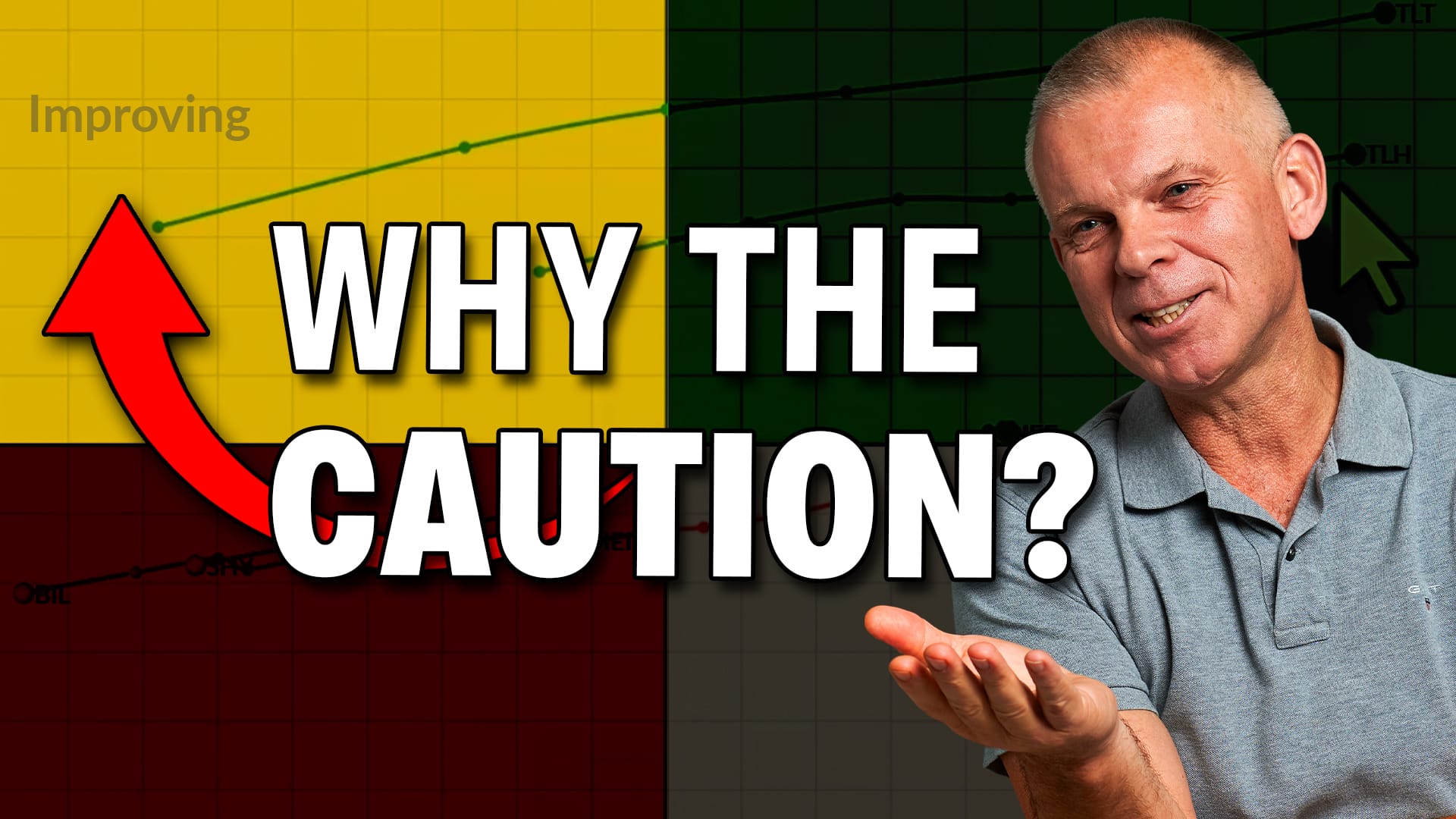Monday's Sharp Rally In Shanghai Triggers Some Very Important Long-Term Signals
- Shanghai Composite Secular Uptrend Line is Still Intact
- If China Rallies, Will It Take Commodities Along for the Ride?
- China vs. Hong Kong
- Chinese ETFs Experiencing a Reversal
Shanghai Composite Secular Uptrend Line is Still Intact
Chart 1 features a really important benchmark for the Shanghai Composite - a secular uptrend line that began in 1996 and held back three bear markets in 1996, 2005 and 2014. Last year, the Index violated that line for the first time. As this penetration was pretty decisive, it appeared that Chinese equities had begun what would be a long period of price deterioration.
A funny thing happened on the way to the bear market, though, as this week’s action places the Index once again above the extended line and its 12-month MA. While it’s true that the long-term KST is still (bearishly) below its 9-month MA, it’s also important to remember that this is typically a lagging indicator, meaning it will need time to turn around. The move back above the secular trend line will help it do just that.

Chart 1
Further support for the possibility of a long-term KST reversal comes from the Coppock Indicator, a more sensitive measure of long-term momentum, which actually turned up in late February. The arrows show that upside reversals from below zero have been an invariably positive omen for Chinese equities. The dashed lines in Chart 2 indicate the two failed signals.

Chart 2
StockCharts does not provide us with volume figures on the Shanghai Index, but my own measures of daily activity place a volume oscillator, using a 5-day MA divided by a 25-day MA, at a record high. My experience is that the Chinese market is more sensitive than our own to rising and falling activity, so this humungous expansion in activity is a very bullish sign when taken in conjunction with the Coppock reversal and movement back above the extended secular uptrend line. One other note relates to the fact that these are monthly charts and, therefore, require monthly closes. That means that the February 26 “breakouts” used here will remain in force at the close of business on February 28. Remember, you can always click on these charts to update them after February’s trading ends.
Another long-term buy signal that has been signaled this week comes from our Special K indicator (SPK), seen in Chart 3 below. The three vertical arrows illustrate that the SPK turning points, which you can read about here, generally occur at the same time as the price series they are monitoring. The trick, in real time, is to try to identify those turning points as soon after they develop as possible. Two ways to do this are to (1) wait for crossovers of the (red) signal line or (2) wait for the possibility of constructing a trend line and subsequently observe its violation (the latter is the more accurate technique). Both of these signals were triggered in February. If a trend line ignoring the January 2018 peak for the Index itself is constructed, a violation has already taken place. The more conservative dashed line, including that peak, remains intact. However, given the signal from the SPK and the decisive 200-day MA crossover, I think it's safe to go with the solid green line violation and conclude that prices are headed higher.

Chart 3
If China Rallies, Will It Take Commodities Along for the Ride?
It is assumed that China, being a large importer of commodities, will act as a stimulant for commodity prices. However, Chart 4, which compares the Shanghai to the CRB Composite, does not exactly support such a view. From time-to-time, these series do move together. However, there are extended periods (flagged by the sets of dashed red arrows) when the two series diverge, which makes the link less ironclad. Indeed, some of the largest price moves for both indexes have taken place when they have been trending in diverse directions.
The bottom line is that, although the Shanghai Composite looks to be headed higher, this does not necessarily translate into a buy signal for commodities. That’s not to say that they will not rally, but merely that we should not look to Chinese equities to signal it.

Chart 4
China vs. Hong Kong
For the last four years, the Chinese market has been out-performed by its subsidiary, the Hang Seng Index. This week’s action appears to have reversed that trend, as the ratio has just broken above a 4-year downtrend line. Two of the three KSTs are positive, while the intermediate looks as though it has flattened in preparation for a positive reversal.

Chart 5
Chinese ETFs Experiencing a Reversal
The purest Chinese play, reflecting the Shanghai Composite, is the CSI 300 A-Shares ETF (ASHR), as plotted in Chart 6. Both it and the RS line against the S&P have crossed above their respective 65-week EMAs. The RS line has also experienced a marginal 2015-2019 trend line break, though I would really like to see a more decisive penetration to book it.

Chart 6
The China AMC SME Chinext ETF (CNXT) seeks to replicate the price and yield performance of the SME-Chinext 100 Index, which tracks the 100 largest and most liquid China-A stocks listed on the Small and Medium Enterprise and the Chinext Boards. Chart 7 shows that CNXT is very close to a breakout on both an absolute and relative basis. Both KSTs are still bearish, but they look as if they are trying to bottom out. This sector, unloved since the 2015 peak, is certainly worth monitoring for a likely upside break, as it may soon be back in favor.

Chart 7
The relative strength line for the Global X China Financials ETF (CHIX) is right at a nine-year downtrend line and may be about to experience a breakout. If that happens, the CHIX would likely pull the RS KST with it. The absolute price has already broken above its 65-week EMA, while the small green trend line is marking the top of its 2018 base.

Chart 8
Finally, the Global X China Industrial ETF (CHII) has just started to edge through its 2015-2019 downtrend line and join its relative strength counterpart in its trend line and 65-week EMA breaks. The long-term KST for relative action has also just gone marginally bullish.

Chart 9
Good luck and good charting
Martin J. Pring
The views expressed in this article are those of the author and do not necessarily reflect the position or opinion of Pring Turner Capital Group of Walnut Creek or its affiliates.








